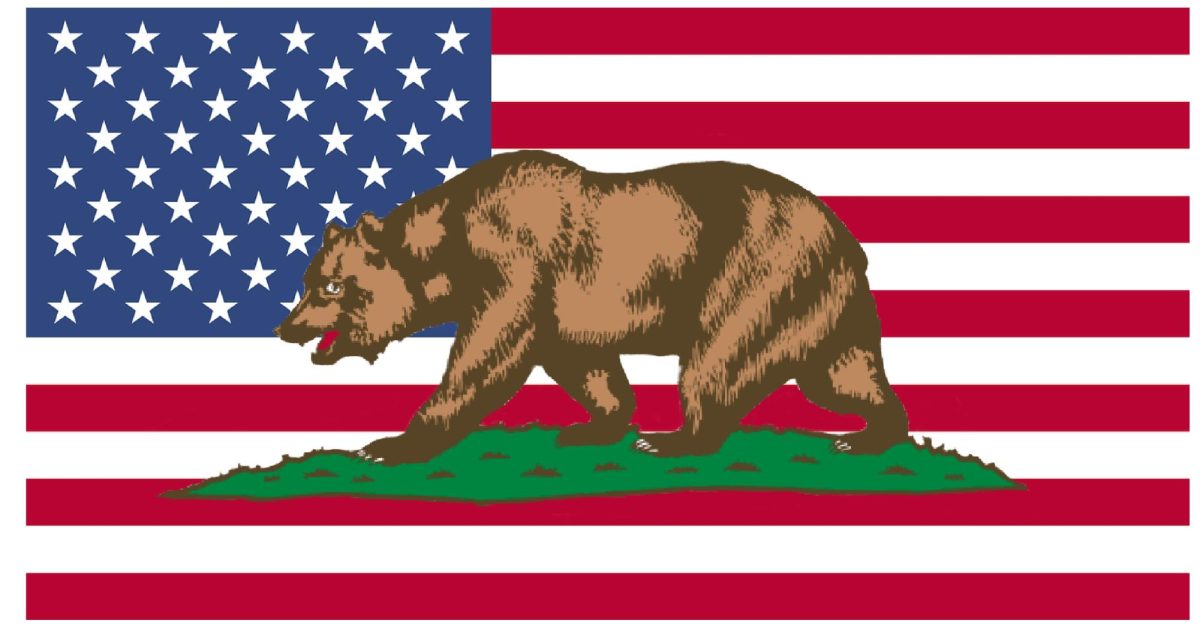Let’s stop supporting fast fashion
Examining the environmental harms of poorly constructed clothing
April 3, 2021

H&M. Forever 21. Romwe. Urban Outfitters.
All of these reputable brands, well-known for their trendy and cheap clothing, fall under the category of “fast fashion,” which is simply defined as the rapid production of cheap and stylish clothes.
Coined in the 1900s by the Spanish apparel company Zara, fast fashion began weaving itself into many popular brands. Instead of launching new designs four times a year — paralleling the traditional four seasons — fast fashion follows the new 52 “style seasons” curve, meaning that every seven days, stores restock with their latest clothing lines.
The inexpensive prices allow customers to stay up-to-date with the newest fashion trends without putting a noticeable dent in their wallets. With rapid releases and low prices, customers are encouraged to buy, wear and soon thereafter, replace their clothes. Since companies continue to produce new lines of alluring outfits, trendiness is emphasized while sustainability is deemphasized. But this lifestyle, although enticing for consumers, has taken a harsh toll on the environment.
As the popularity of fast fashion rose, clothing brands began to cut corners, adopting a “quantity over quality” mindset. They are able to meet their overwhelming demand by using synthetic fibers such as polyester in their clothing, since these fibers are easy to produce. However, these fibers are non-recyclable and can take up to 80 years to decompose. With the fast cycle of production, consumption and discardure, we have been filling our landfills with textile waste at an alarming rate. According to The True Cost, a documentary released in 2015, the average American generates 82 pounds of textile waste annually, 85% of which ends up in landfills. A Vogue article published in 2019 states that around 50 million tons of clothing are discarded every year.
The global fashion industry is also currently the second largest polluter of clean water and is responsible for 20% of global water waste, since fast fashion materials like polyester and other cheap fibers shed tiny plastic bits when decomposing, which can pollute entire ecosystems. Marine life is extremely susceptible due to the fact that these microplastics can easily be mistaken for food; after entering their digestive tract, the pieces can cause endocrine disruption, growth stunts and starvation. Marine environment expert Heidi Savelli explains that “one of the problems is plastic ingestion at all levels of the food chain, which may pass plastic to larger animals and humans. The question is, is it acceptable to us to end up eating plastic?”
The need to rapidly produce more clothing has not only negatively impacted the environment but has also increased the amount of resources used by fast fashion companies. One cotton shirt is made with 800 gallons of water — in total, the amount of water used in cotton production has reached 93 billion cubic meters of water per year. Extensive water usage is detrimental to small areas that specialize in growing cotton since they are usually simultaneously suffering from water stress. As we package their freshwater into trendy T-shirts, we are indirectly depleting their resources, forcing them to contend with harsh conditions.
Cotton and other fibers are also produced with oil — one polyester shirt has a 5.5 kg carbon footprint while one cotton shirt has 2.2 kg. Currently, the fashion industry is responsible for 10% of annual global emissions, and The Ethical Consumer and Greenpeace’s Journal, ‘Unearthed’ says that if the production continues to grow at this rate, we could see the total carbon footprint of our clothing reach 26% by 2050. Climate change is a huge societal issue, and popular ways to address it have been to promote electric cars or commend the passing of the Clean Air Act.
There’s a plethora of things teens can do to help reduce pollution, such as taking shorter showers, using reusable water bottles, etc. However, rarely are clothing habits and usage looked at as a means to protecting the environment.
Although fast fashion corporations are at fault, there are still numerous ways for customers to help reduce the harm they have been fostering, such as beginning to support and buy from eco-friendly brands such as Reformation, Girlfriend Collective and Frank and Oak. Eco-friendly brands follow and promote the idea of building a sustainable closet, reducing the amount of textile waste we produce and the amount of clothing they make — as the production rate goes down, water usage and pollution rates will follow.
But eco-friendly brands are significantly more expensive than fast fashion brands, making them less appealing and affordable for the general public. Being more intentional about the material and brand you wear can heavily contribute to this change, but simply buying less can also make a huge impact. Fast fashion revolves around the “throw away” culture — a mindset that involves discarding clothes because you can always buy more. Buying just what you need and wearing it for a lasting period of time, or even mending and repairing older clothes with buttons and seam stitches, can prolong your wardrobe’s life and reduce the amount of textiles being sent to the landfill. Donating is also a good way to declutter your closet while preventing it from going to waste.
Fast fashion’s impacts, however prominent, can be considerably dampened if we become more aware of our actions— something that we should all begin to do.



























